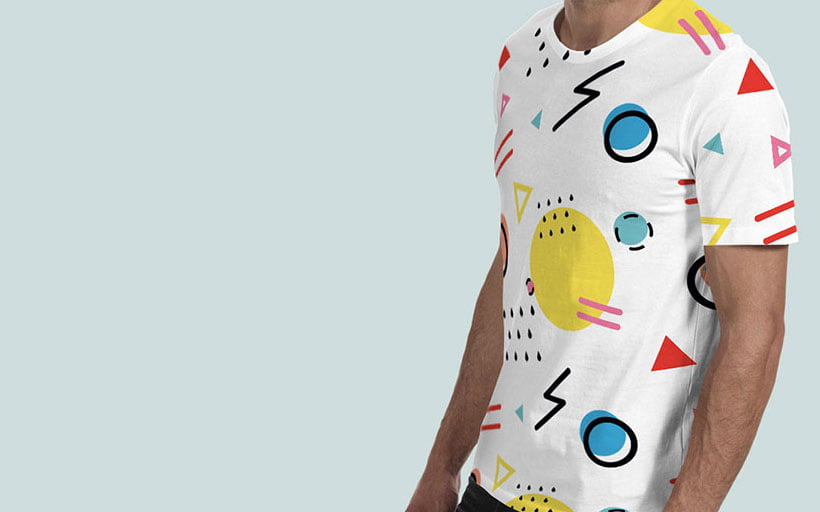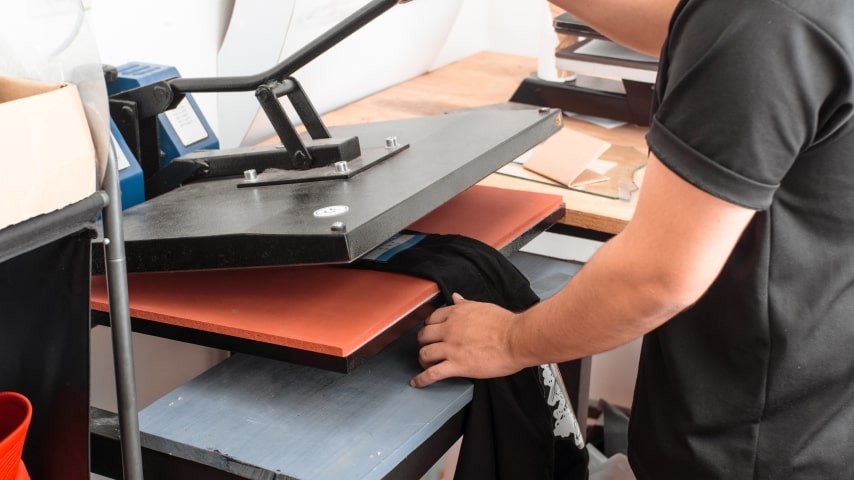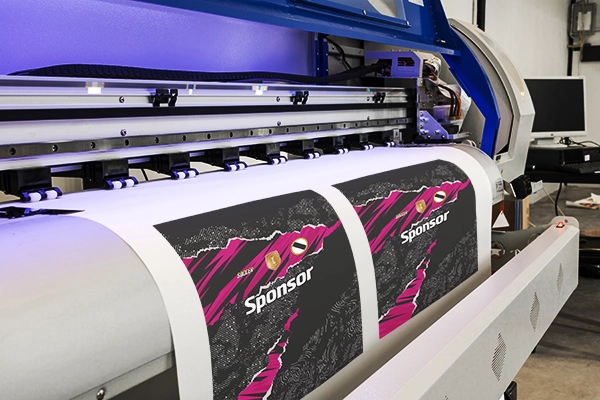The Reason Why DTF Printing is the Future of Personalized Garments Manufacturing
The Reason Why DTF Printing is the Future of Personalized Garments Manufacturing
Blog Article
The Rise of DTF Printing: Exploring Its Applications and advantages
The development of Direct to Movie (DTF) printing technology is changing the custom-made apparel industry, supplying remarkable benefits and a wide variety of applications. As the appetite for personalized goods proceeds to increase, understanding exactly how DTF printing can fulfill these progressing demands is significantly essential.

Recognizing DTF Printing Technology
Comprehending DTF Printing Modern technology notes a substantial advancement in the textile printing sector, particularly for its flexibility and performance. Direct-to-Film (DTF) printing is a cutting-edge process that entails printing layouts onto special transfer movies, which are after that transferred onto fabric using warm and pressure. Unlike conventional techniques, DTF printing does not call for pre-treatment of the material, allowing a much more streamlined process.

As soon as cured, the movie is put onto the fabric, and a warmth press transfers the layout by applying consistent heat and stress. This causes vivid, top notch prints that adhere seamlessly to numerous material types, consisting of cotton, polyester, and blends (heat transfer vinyl printing). The modern technology's capability to produce detailed and brilliant styles with very little arrangement makes it a game-changer in the fabric printing field
Key Benefits of DTF Printing
Among the crucial benefits of DTF printing is its extraordinary versatility, which permits for premium prints on a variety of textile types. This capacity extends beyond typical cotton to include polyester, nylon, natural leather, and even mixed textiles, making it perfect for varied textile applications. This adaptability minimizes the need for several printing technologies, simplifying manufacturing processes and lowering total costs.
An additional substantial advantage is the remarkable print top quality that DTF modern technology delivers. By utilizing vivid, durable inks and exact application methods, DTF prints preserve their shade fidelity and intensity also after countless washes. This results in a product that not just looks specialist yet also stands the test of time, offering constant worth to both end-users and makers.
In addition, DTF printing supplies a simplified process, which can cause raised efficiency and productivity. Unlike conventional techniques such as display printing, DTF does not call for intricate arrangement or comprehensive drying times. This ease of use makes it an attractive option for companies of all sizes, enabling for quicker turnaround times and the ability to handle tiny to huge manufacturing runs with very little trouble.
Applications in Custom-made Clothing
In the realm of personalized garments, DTF printing sticks out as a game-changing innovation that enables developers and manufacturers to produce bespoke apparel with unequaled detail and quality. Direct-to-film (DTF) printing has actually transformed the custom apparel market by providing adaptability in style, dazzling color recreation, and longevity. This ingenious technique enables detailed styles to be moved onto a broad array of materials without compromising the stability of the material.
One substantial application of DTF printing is in producing personalized t-shirts, hoodies, and sports apparel. The capability to print complicated graphics with fine information and gradients makes it excellent for customized apparel, such as group attires and promotional product. DTF printing is especially useful for limited-run orders and one-off pieces, offering a effective and cost-effective remedy compared to traditional screen printing techniques (Branded clothing).
Furthermore, DTF printing has opened up brand-new methods for style developers to experiment with unique patterns and textures, allowing the production of cutting-edge, progressive collections. This modern technology also supports small companies and independent artists by lowering the obstacles to access in the personalized garments market. Inevitably, DTF printing is improving the landscape of personalized garments, combining creative expression with technical improvement.
Adaptability Across Different Materials
Building on the innovations in customized clothing, DTF printing's versatility throughout different products even more enhances its charm. Unlike traditional printing techniques, DTF (Direct-to-Film) printing can be applied to a considerable variety of substrates, consisting of cotton, polyester, blends, leather, and even tough surfaces like timber and glass.
The ability to print on varied materials opens many possibilities for services throughout various industries. For example, in the promotional products field, firms can personalize a vast range of products, from tote bags and caps to mugs and phone cases, all with the very same printing technology. In the fashion business, DTF printing allows developers to trying out elaborate patterns and vibrant colors on non-traditional textiles, pressing the boundaries of creativity.
Additionally, DTF printing's compatibility with various materials likewise equates to cost-efficiency and lowered waste, as manufacturers can use the exact same devices for several applications. This convenience not just widens the scope of product offerings but also enhances operational efficiency.
Future Prospects of DTF Printing
As the market develops, the future prospects of DTF this contact form printing are poised to revolutionize various industries through continuous innovation and technical advancements. The rise popular for tailored garments and advertising products is driving the requirement for much more efficient, versatile, and cost-effective printing approaches. DTF printing, with its capacity to create top notch, long lasting prints on a wide variety of materials, stands at the center of this improvement.
Emerging trends show that DTF printing will progressively integrate with automation and AI technologies, boosting manufacturing speed and reducing labor prices. Advanced software application services will better enhance design precision, color matching, and print uniformity, attending to some of the existing restrictions. Additionally, environmentally friendly inks and recyclable transfer movies are expected to gain grip, navigate here aligning with international sustainability goals.
Industries past textiles are additionally checking out the potential of DTF printing. The innovation's adaptability makes it ideal for applications in home decoration, auto interiors, and also medical tools. As research and advancement efforts remain to expand, the range of DTF printing will likely widen, opening brand-new avenues for innovative and commercial applications. In summary, the future of DTF printing is brilliant, encouraging considerable innovations and broader sector adoption.
Conclusion

Comprehending DTF Printing Innovation marks a substantial innovation in the fabric printing market, particularly for its convenience and performance. Direct-to-Film (DTF) printing is an innovative process that involves printing layouts onto special transfer films, which are after that transferred onto fabric making use of warm and pressure. DTF printing is specifically helpful for one-off items and limited-run orders, supplying a effective and cost-effective solution contrasted to conventional display printing techniques.
Unlike conventional printing from this source approaches, DTF (Direct-to-Film) printing can be applied to an extensive array of substrates, consisting of cotton, polyester, blends, leather, and also difficult surface areas like wood and glass.DTF printing modern technology is reinventing the custom clothing industry by supplying efficient, economical, and versatile remedies for producing vibrant layouts on various textiles without pre-treatment.
Report this page